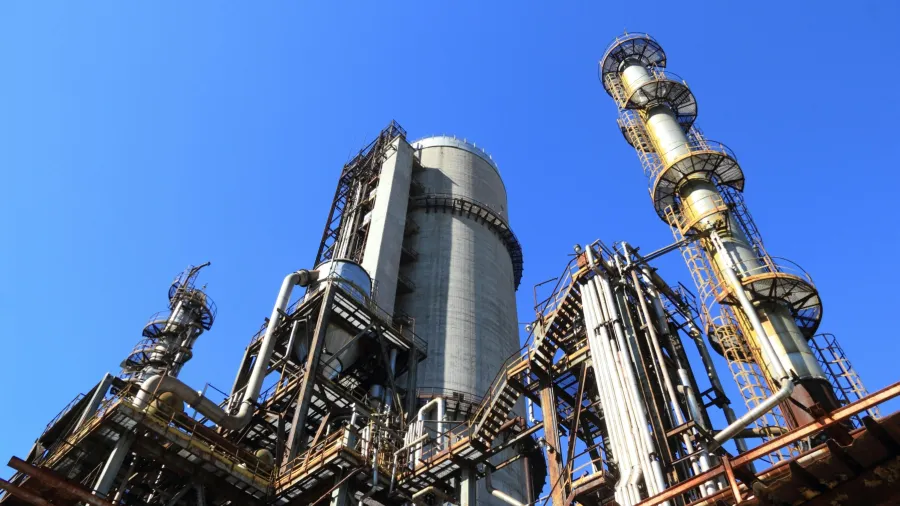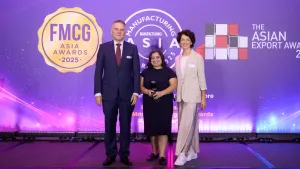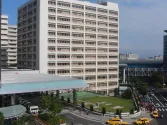
Thailand manufacturing activity expands after three months of contraction
But confidence stood at a 5-month low.
Thailand's manufacturing sector showed signs of recovery in May, marking its first expansion since February.
The S&P Global Thailand Manufacturing Purchasing Managers' Index (PMI), a key indicator of the manufacturing sector’s health, rose to 51.2 in May from April's 49.5.
Surpassing the neutral mark of 50.0 for the first time in three months, this figure indicated a solid improvement in manufacturing conditions, representing the most significant growth observed in 2025.
The increase in new orders in May, bolstered by a resurgence in export requests, resulted in a notable rise in production. Manufacturers attributed this uptick in demand to enhanced marketing strategies, new product launches, and growing foreign interest. This resulted in manufacturing production reaching a nine-month high in May, prompting firms to hire more workers to handle increased workloads.
Consequently, manufacturers in Thailand increased both employment and inventory levels during the month. Although overall confidence dipped since April, firms maintained a positive outlook.
Purchasing activity, however, dipped despite the growth in new business, linked to sufficient stock levels. Manufacturers also began to accumulate pre-production inventories for the first time in nearly two years, aligning with production needs. Furthermore, finished goods inventories grew due to delays in outbound shipments, leading to lengthening lead times for the seventh consecutive month.
On the pricing front, average input costs fell for the fourth straight month, with the decrease being the most significant in eight months. Cost savings came primarily from bulk purchases, even as raw material prices continued to rise. Consequently, manufacturers raised their charges for the second month, although inflation rates remained minimal.
Overall, sentiment within Thailand's manufacturing sector was positive in May. Despite confidence dipping to a five-month low, it remained above the historical average, suggesting expectations for continued growth in the upcoming months.
















